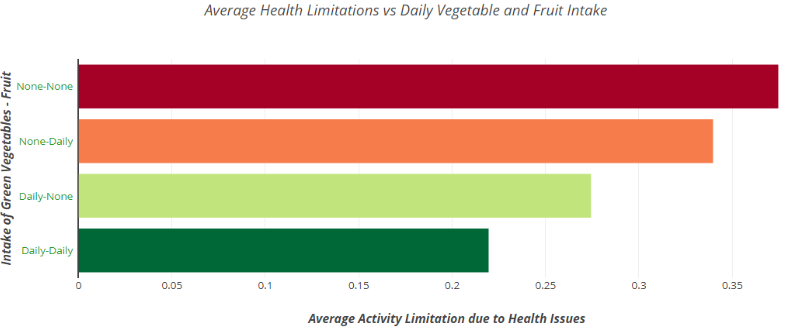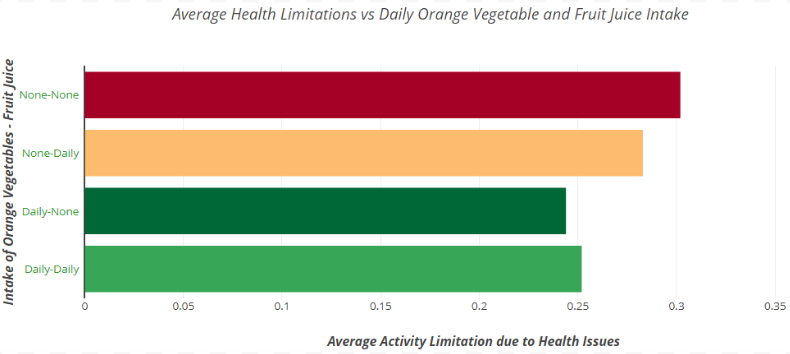Everyone wants to be healthy but there are many competing claims as to how you can achieve this. With so many contradictory diets, exercise routines that take enormous amounts of time and dedication, and many other perceived paths to a healthy body and mind; tying these claims to actual data becomes very necessary and useful. That is why we decided to explore the CDC’s Behavioral Risk Factor Surveillance System data from Kaggle.
This data contains over 400,000 individuals’ responses to survey questions from 2011 to 2015. It is an extremely comprehensive dataset containing answers to hundreds of questions regarding the individuals’ behaviors and their resulting health. However, all of this data becomes quite tedious and can be arduous to dive into. With Pivot Billions we are able to easily load and enhance the dataset and immediately start to understand the data and pivot it in various ways to see the trends buried within.
For our Behavioral Risk Factor data, we created additional columns categorizing each individuals’ intake of fruit, fruit juice, and green or orange vegetables from the data using the column-creation feature. We can then pivot the data by some of these columns and the amount of activity limitation due to health problems to immediately see the average activity limitation by green vegetable and fruit intake.

The over 400,000 surveys clearly show health improvements due to either daily intake of green vegetables or fruit. Moreover, we can easily see that daily eating of fruit is better than not eating fruit or green vegetables, but daily eating of green vegetables is preferred over eating fruit and that eating both green vegetables and fruit at least once daily is the best option. In fact, the data reveals that daily intake of green vegetables and fruit leads to an over 40% reduction in experienced health limitations!
By pivoting the data by orange vegetable and fruit juice intake, we can now quickly analyze their impact.

It appears that orange vegetables and fruit juice do reduce experienced health limitations by approximately 16%, but green vegetables and fruit are still much more effective.
These are just some of the underlying trends in the data that we found using Pivot Billions. There are many more to explore in this dataset. Stay tuned for our next analysis or feel free to try it out yourself.

